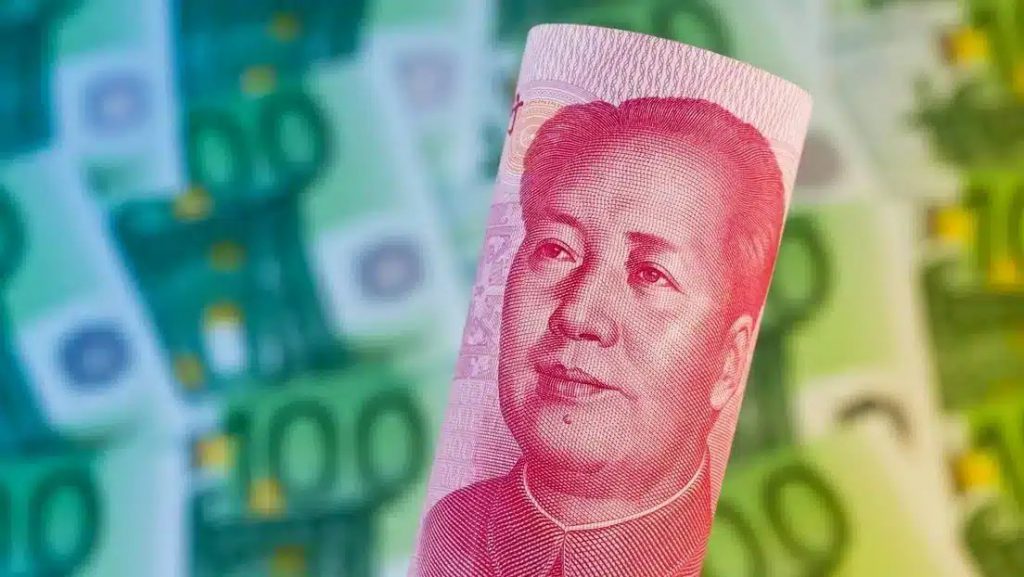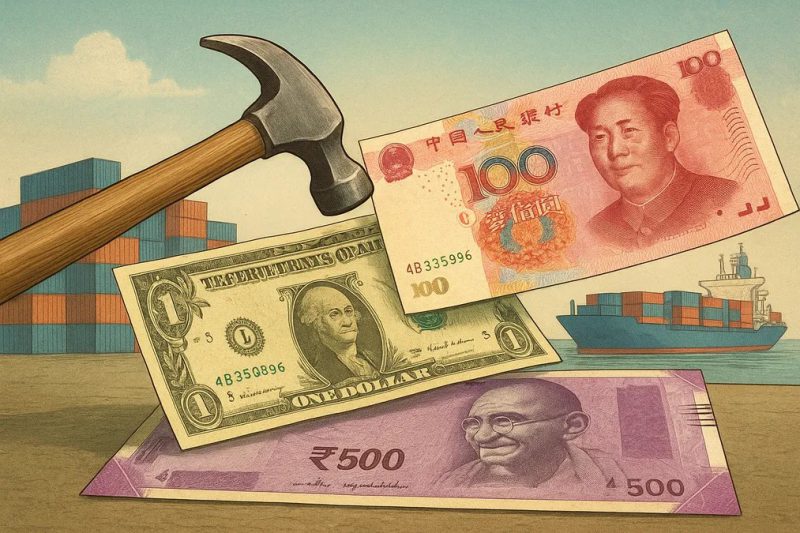The writing is on the wall, the world is less inclined to use the US dollar hereafter. While the US dollar’s exorbitant privilege persists, the symbolism from the BRICS alliance throws shade on the greenback. BRICS members India and Russia are paying for oil deals in the rupee, while China and Brazil are settling soybean exchanges in the Chinese yuan. The shift is glaring, and the bloc is willingly pushing local currencies to the forefront, giving the US dollar a miss.
The bloc discussed grain exchange policies to boost trade ties in the grains and agricultural sector in September. Local currencies were prominently pushed forward for settlements, putting the US dollar out of the equation. Russia and India held constructive meetings on Friday, signing major agriculture deals benefiting both countries. BRICS members China and Brazil inked trade deals for soybeans, and the transactions will be settled in the Chinese yuan, while India and Russia’s deal will be settled in the rupee.
“Discussed ways to strengthen our win-win cooperation in agriculture, fertilizers, and food processing,” said India’s Prime Minister Narendra Modi after meeting Russian Deputy Prime Minister Dmitry Patrushev. When the US hit out at India for buying Russian oil and imposed 50% tariffs, they did not fold. While they tried to appease the US, they are still procuring crude oil from Russia.
Also Read: ‘Paper Gold’ Era Ends as BRICS Nations Push Dollar-Free Payments
Soybeans in Chinese Yuan, Oil in Rupee: BRICS Prioritizes Local Currencies


The trade between China and Brazil for soybeans in the Chinese yuan reached $80 billion, including with other BRICS members. In addition, India has paid over 1.5 lakh crore, equivalent to $18 billion, for crude oil procurement with Russia. They also saved close to $7 billion in exchange rates for not choosing the US dollar. Undoubtedly, the US dollar still sits on the throne, but its authority is being questioned and subjected to challenges.





